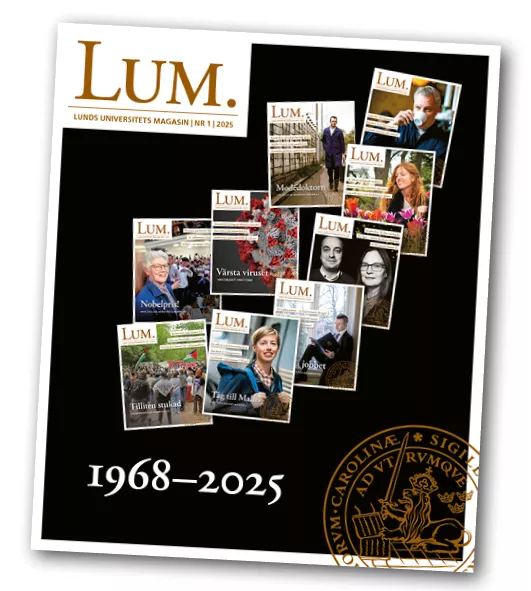Researchers at LTH attracted SEK 891 million in external research grants last year, which made up 63 per cent of the faculty's total research budget. An impressive sum, but also a challenge for the faculty as most funding bodies demand co-funding.
Often this is because the external funding body does not cover overheads such as rent for premises and administration. The departments have to cover those costs themselves, explains Karolina Isaksson, Head of Finance at LTH.
“This is often justified by the fact that it is an efficiency driver if the funding body does not contribute to “excessive” overhead costs and that the funding body wants to contribute to the funding of research and not administration,” she says.
For 2024, LTH has set aside just over SEK 74 million in its budget for co-funding. Last year, that figure was SEK 69 million. According to Isaksson, the increase this year is due to an increase in funding from the EU, for example, which requires more co-funding. This is also due to the continued success of researchers in attracting external research funding.
Increasing rental and ancillary labour costs
Another important reason is that costs such as premises and ancillary labour costs, which are not covered by all funding bodies, are steadily increasing. Government funding is being eroded because it is not increasing at the same rate as costs are rising. In addition, the University receives half a per cent less funding from the government, which in turn means less money to distribute to faculties and less money to use for co-funding.
“We are also planning to establish operations in Science Village, where we need to budget for the increased rental costs that will bring,” says Annika Olsson, dean of LTH.
She sees a certain risk that some innovative research projects will never see the light of day due to co-funding issues.
“I hear from some departments that they are now unable to accept any more co-funding – they have hit the ceiling.”
Costly centres of excellence
Last autumn, LTH was granted funding for four new centres of excellence. They are important in order for LTH to be at the forefront of research and external engagement, they enhance the University’s reputation and enable the recruitment of outstanding researchers. At the same time, they make great demands on funding, since the faculty has committed to contributing SEK 1 million per year for each centre for several years to come.
Two of the faculty’s centres of excellence are coordinated from the Department of Energy Sciences, where Magnus Genrup is head of department. He estimates that between 65 and 70 per cent of the department's research is externally funded. He sees major problems with the existing funding models, in which the department has to cover about 17 per cent of the overhead costs of EU-funded projects.
“We are yet to reach the limit of what we can do, but we are getting close. For now, we are staying on top of costs, but of course there is a limit we cannot go beyond,” he says.
”Why should we pay for our own research?”
According to Magnus Genrup, the so-called triple helix model under which the centres of excellence are funded is a contributing problem. The model specifies that only one third of the costs are covered by external funds and one third by industry, but in the end a large financial burden falls on the department. This is an illogical solution, according to Magnus Genrup.
“Why should we pay for our own research? I find it extremely difficult to understand that rationale,” he says.
He believes that full funding, i.e. external funding covering all costs, is the only solution. He wants to avoid a situation where he has to say no to colleagues who want to apply for funding.
“Bringing in projects also generates money for the department. As head of department, should I be saying say no to applications? Thus far, I have not done so, the reason being that we can never know exactly which applications will be approved.”
Reserves are dwindling
Dean Annika Olsson does not think that slowing down the pace of applications is the right way to go.
“We are not going to stop applying for money. These are strategic initiatives that we need to undertake.”
Instead, the proportion of direct government funding should be increased at the same rate as the faculties' costs increase, she says. She thinks the fact that LTH has to raise more than 60 per cent of its research funding itself is beyond what can reasonably be expected.
“If we, as a faculty, had provided perhaps 50 per cent of the funding, that would have been much more reasonable. The fact that researchers have to bring in money to survive in their jobs creates a great deal of insecurity. We want all employees to have equal opportunities to undertake both teaching and research,” she says and continues,
“We have squeezed as much as we can out of the little resources we have. If co-funding demands increase even further, it will be a challenge. In the past, we have been able to draw on our agency capital, but now those reserves are dwindling. Looking ahead, this is a concern.”



